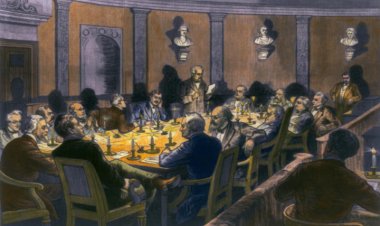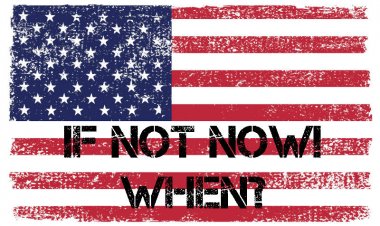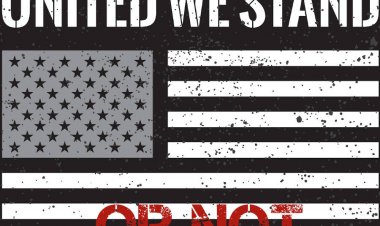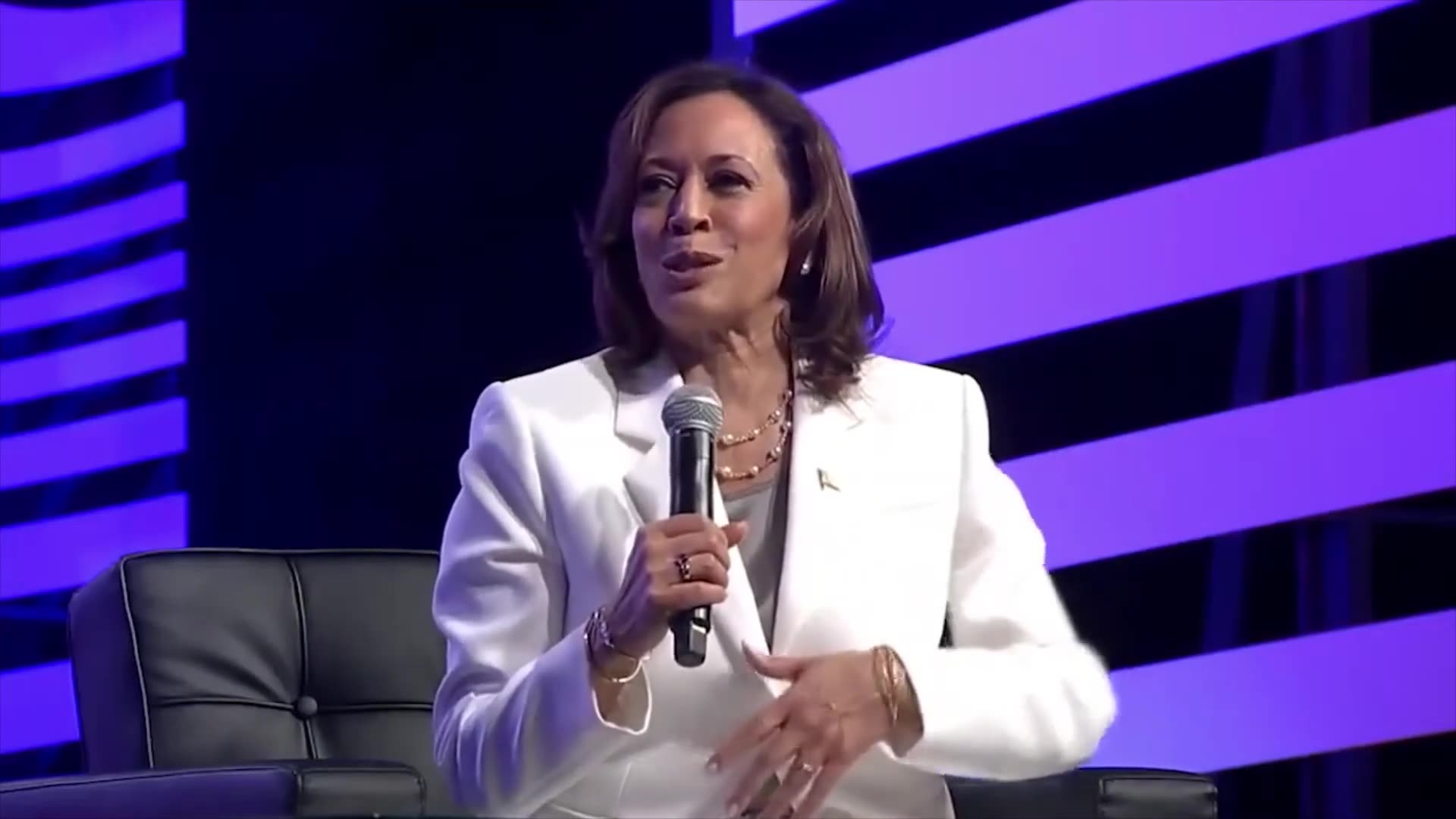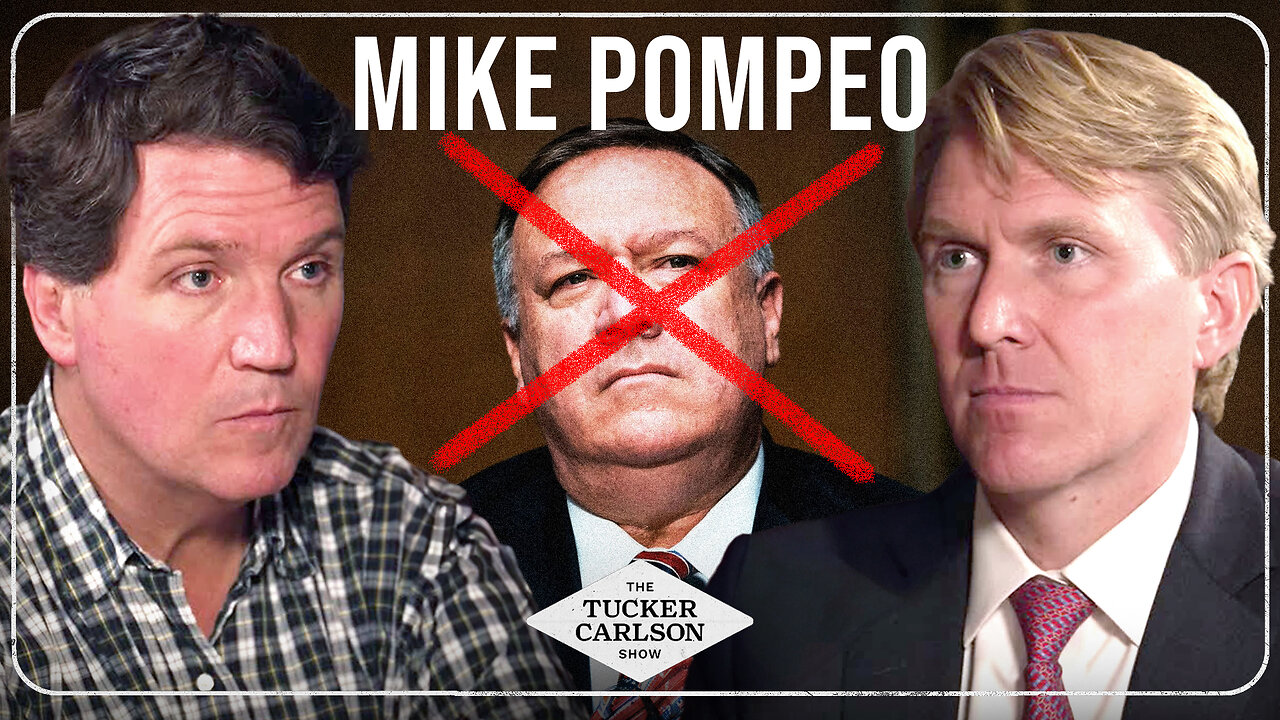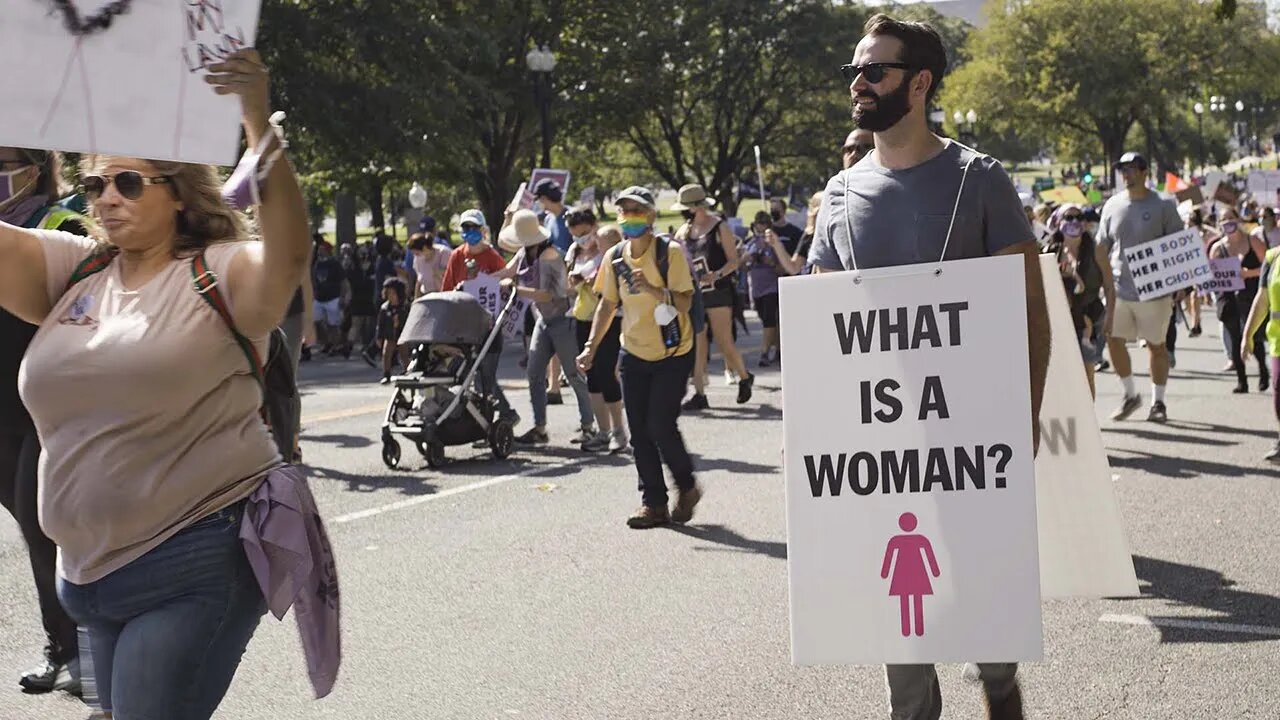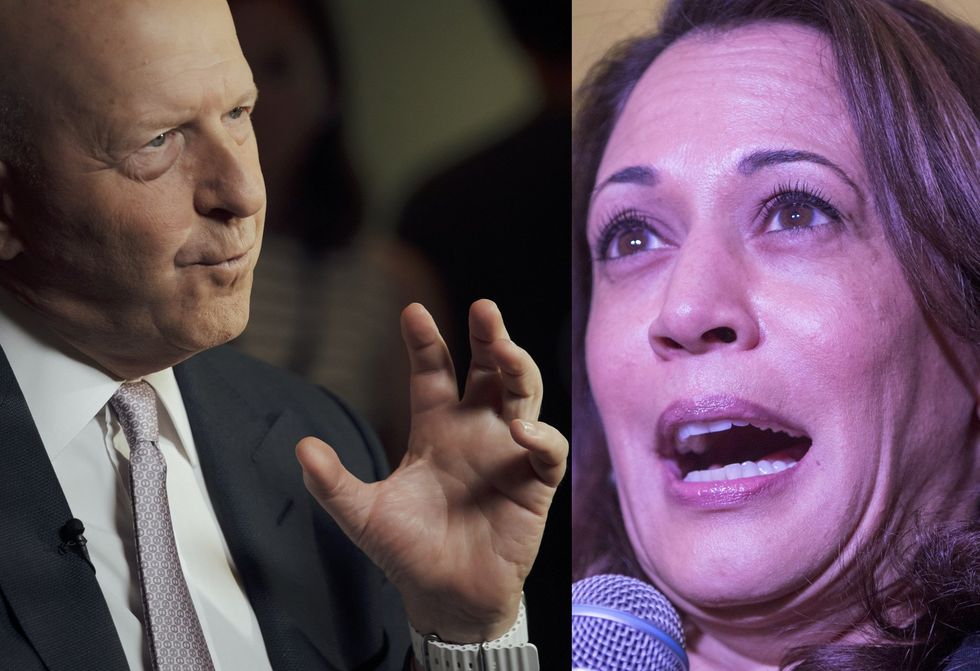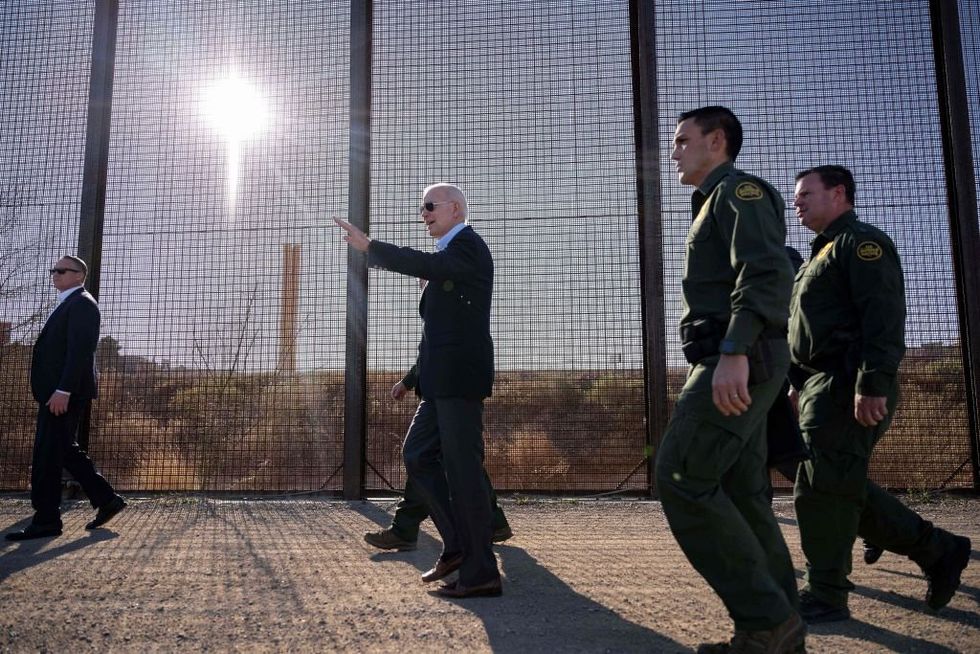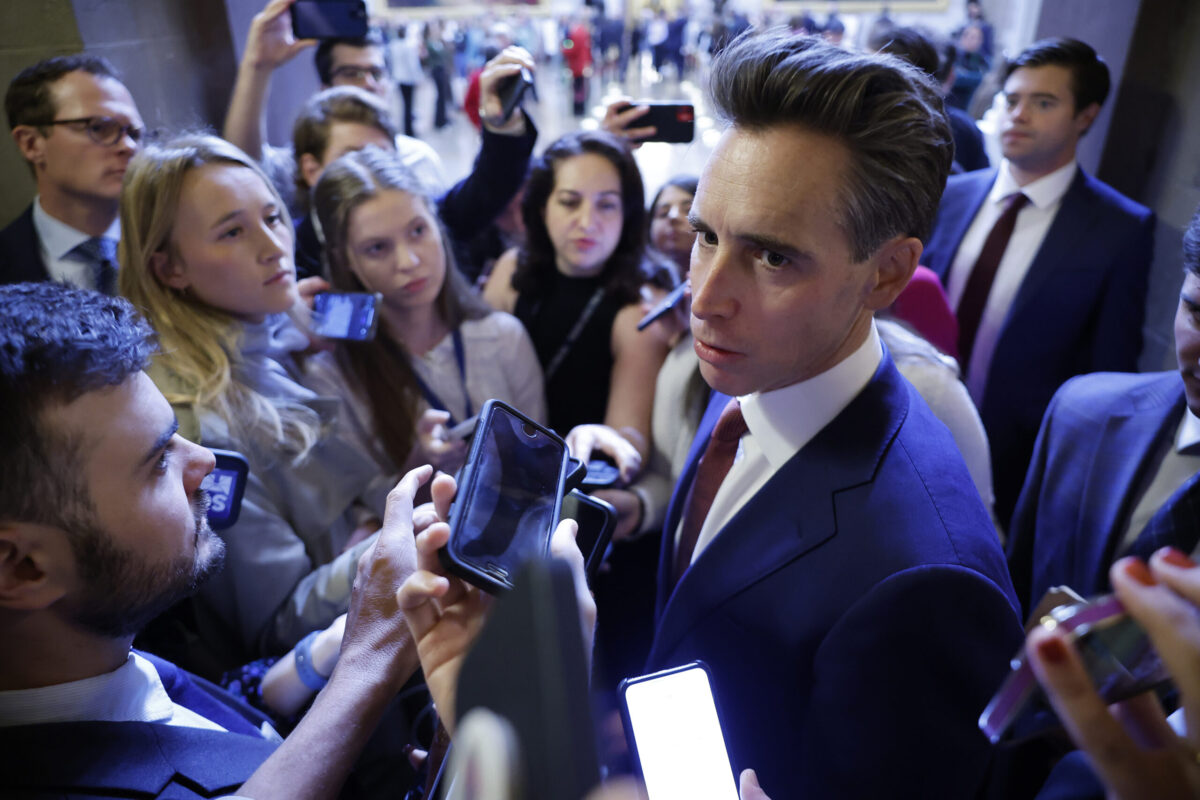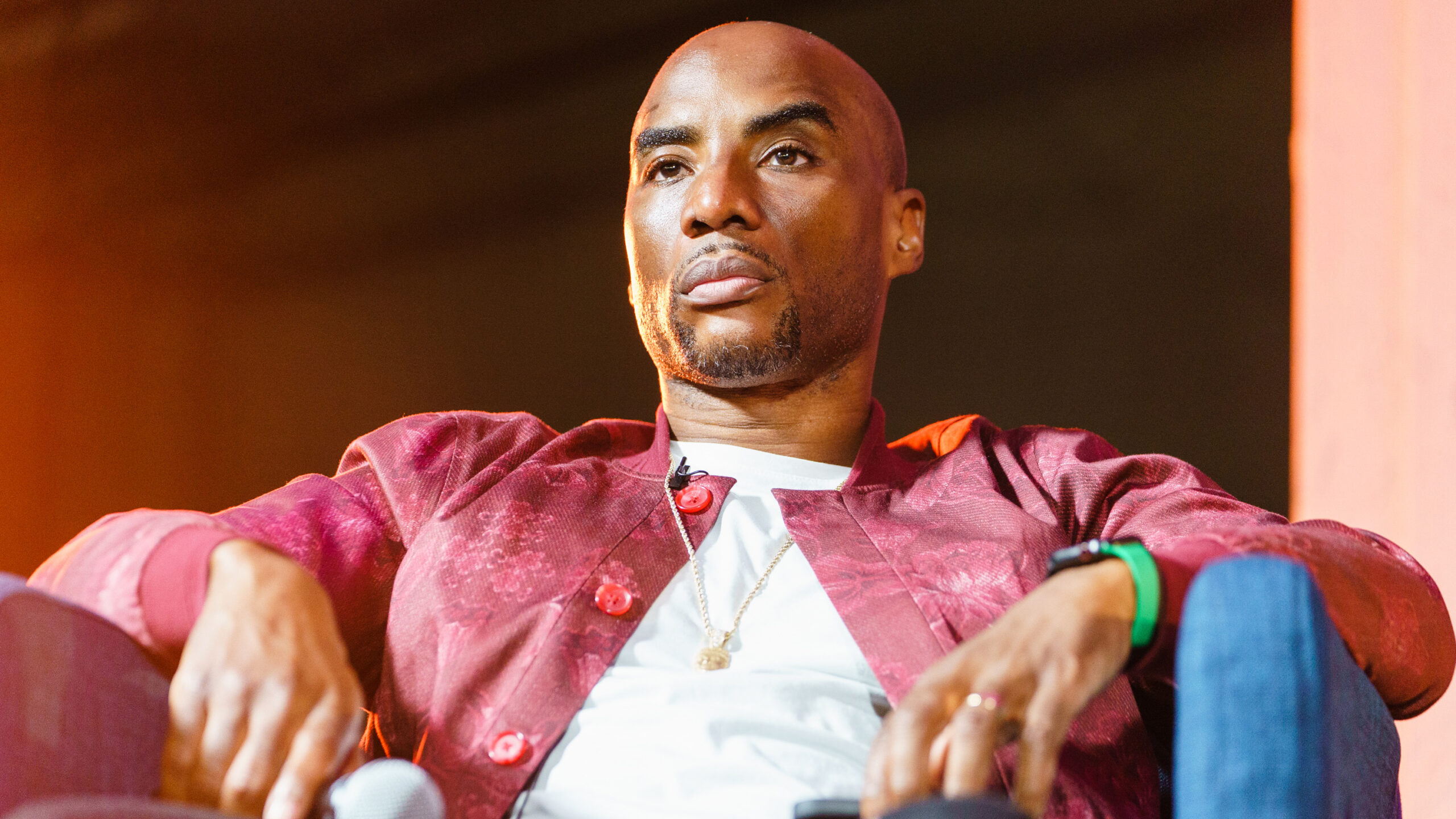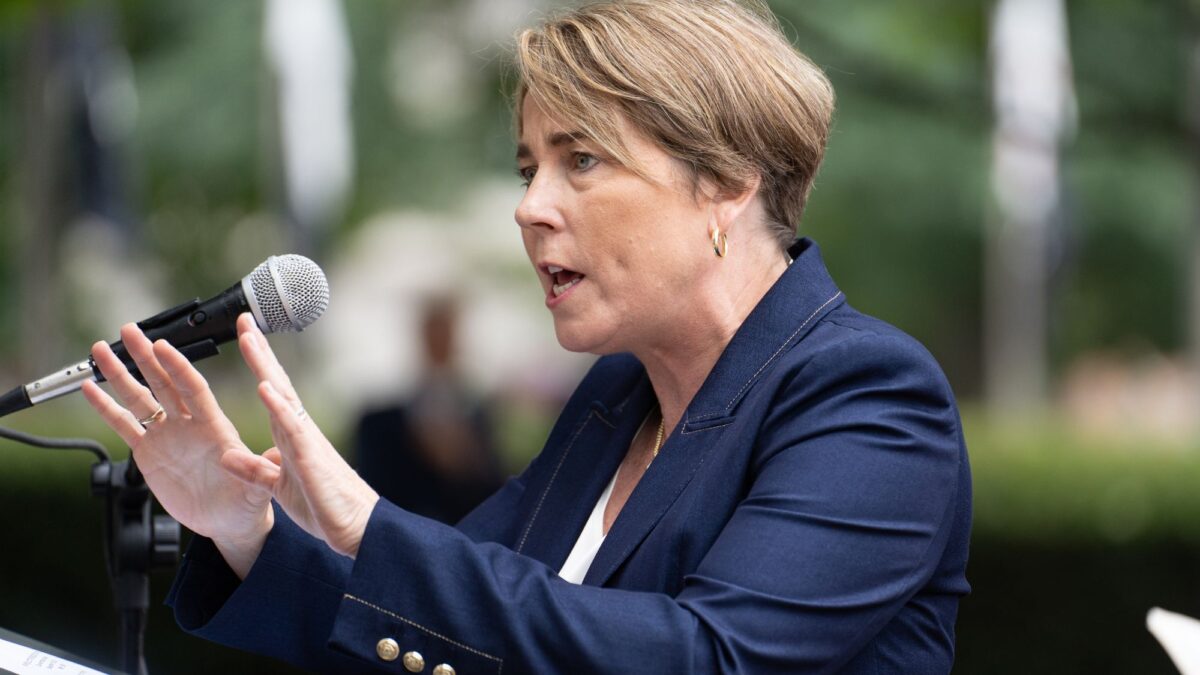What students are NOT learning about the Pilgrims & the Mayflower
'It's time to have a chat with your kids or grandkids about the facts of history'


Sept. 16 is the 404th anniversary of the Mayflower’s launch from England and the founding of the Pilgrim colony, which served as a microcosm of what the U.S. would become.
Unfortunately, the Pilgrims are a piece of history that, if most progressives have their way, Americans students won’t hear about any longer in public schools.
A PBS article quoted Eric H. Shed, director of the Harvard Teachers Fellows Program and a lecturer on education, who justified retelling history: “I think it’s a part of a general shift in the way in which we teach history, to question the past and not accept it as fact.”
It’s fine to test history, but redefining (and often reinventing) history is being done across the board in public education and academia, especially with revered American historical figures like Christopher Columbus, the Pilgrims and all America’s Revolutionary founders.
For example, instead of focusing upon Pilgrim emigrants seeking to escape religious persecution, Shed advises teachers to focus on how a horrific disease had claimed countless indigenous lives in and around Plymouth, and how they consider the landing of the pilgrims a day of mourning.
Really? Skip or minimize the Pilgrims escaping religious persecution and their courageous venture overseas as the primary teaching about the origins of America?
Even the well-known and ginormous 1000-plus page AP History textbook “America’s History”(used for over a decade in academia across the country) devotes only three small paragraphs (paragraphs, not pages – image below) to the Pilgrims, while dozens of pages are given to how those first emigrants decimated the indigenous peoples by warfare, extortion and disease.

Is it right to teach students across the U.S. about the Pilgrims merely from a negative bent of colonization, domination and racism, without any further credit and explanation of how they modeled self-government, human rights, property ownership and religious freedom for all generations of the U.S.?
Let’s examine the facts.
On Sept. 16, 1620, the Mayflower set sail with its passengers from Plymouth, England, to Plymouth, Massachusetts. Though there is some debate about the exact number of people onboard, scholars believe there were 102 passengers and about 26 crewmen headed to the New World. The passengers were made up of 50 men, 19 women (three pregnant), 14 young adults (between ages 13-18), and 19 children, with their average age being 32 (most men were in their 30s). The oldest person onboard was 64, and the youngest was a baby born on the trip who was named Oceanus Hopkins.
The Mayflower was originally purposed to carry goods, not people. So, most of its passengers lived on the second deck of the three-deck ship that had a ceiling height of only about 5 and a half feet. Keep also in mind the fact that most passengers rarely if ever saw the sunlight on the top deck for the entire 66-day, 2,750-mile journey.
To compare, imagine being enclosed for 66 days in the rear of a semi-trailer truck for the 2,913 miles from New York to San Francisco, then add the sways and swells of storms in the ocean, and travel at an average speed of 2 mph! Needless to say, there were no showers, and we can only imagine the stench from inadequate and overused depositories for human waste.
Once they arrived in the New World on Nov. 11, 1620, they spent their first full winter onboard the Mayflower as they built their homes. Tragically, only 53 passengers and roughly 13 crewmen survived the first winter.
Once they moved ashore, living on land was just as challenging. Over the first winter, more than half of the remaining Plymouth colonists died from disease, malnutrition and the harsh New England climate. The truth is, without the intervention and help of the Native Americans, all the colonists likely would have perished.
You may have known most of the preceding about the pilgrims, but odds are your posterity – if attending public schools – are not hearing about. With the 404th anniversary of the Mayflower launch this week, maybe it’s time to have a chat with your kids or grandkids about the facts of history.
Here are a few more facts I dug up about the Pilgrims and the Mayflower that you might want to share with your loved ones and friends this week:
1. The Mayflower not only didn’t land in Plymouth but also wasn’t heading there in the first place.
The Hudson River was the original destination of the Mayflower, where the colonists hoped to find fertile farmland somewhere north of present-day New York City. At the time, Virginia extended from Jamestown in the south to the mouth of the Hudson River in the north, so the colonists hoped to live generally under the English law but govern themselves and, more importantly, worship in their own, separate church, north of Anglican Virginia.
Nevertheless, back on the Mayflower, they were blown off course by a storm and ended up at the tip of Cape Cod, Massachusetts, at what is now Provincetown. They wanted to make another run at the Hudson but eventually settled in Plymouth Harbor on Dec. 16, 1620, because of lack of supplies, the onset of winter and undoubtedly weariness to press on.
2. The Pilgrims didn’t name Plymouth, Massachusetts, for Plymouth, England.
As Wikipedia even explains, “Captain John Smith of Jamestown fame had explored the area in 1614 and is credited with naming the region of New England. He named many locations using approximations of Native American words. The future site of the Pilgrims’ first settlement was originally named ‘Accomack’ by Smith. In consultation with Prince Charles, son of King James, Smith changed ‘Accomack’ to New Plymouth. A map published in his 1616 work, ‘A Description of New England,’ clearly shows the site of the future Pilgrim settlement named ‘New Plimouth.'”
3. The Pilgrims were not the Puritans, but the Separatists.
Puritans and Pilgrims (Separatists) both thought the Anglican Church (of England) had become as corrupt as the Catholic Church (of Europe), and both were considered religious dissenters. However, the Puritans believed that the Anglican Church could be reformed, while the Separatists did not. The latter were booted from England for their religious rebellion, landing in Holland for a while, but eventually setting their sights on a New World (a New Jerusalem) in the west.
Encyclopedia.com explained it this way: “Though theologically very similar to the Puritans who later founded the Massachusetts Bay Colony, the Pilgrims believed that the Church of England could not be reformed. Rather than attempting to purify the church, the Pilgrims desired a total separation.”
4. The original Protestant Separatists didn’t proclaim themselves pilgrims at first but “saints.”
The roughly 40 Mayflower passengers who were Protestant Separatists called themselves “saints” who hoped to establish a new church in the New World. They would have reasoned that “saints” is a term used in the Bible (New Testament) for all Christians, rather than referring to an elite few as in the Catholic Church.
Separatists called their non-church-attending neighbors “strangers,” as documented in a National Geographic article on the colony talking about both. However, it didn’t take long for “pilgrim” to become a term referring to all the colonists, as the official Plimoth Plantation website explained:
- After the Mayflower arrived, the first baby born was a boy. His parents (William and Susannah White) named him Peregrine – a word which means traveling from far away and also means pilgrim.
- The writer of “Mourt’s Relation” in 1622 refers to the Plymouth colonists as pilgrims.
- Gov. William Bradford calls the Plymouth settlers pilgrims when he writes about their departure from Leiden, Holland, to come to America: “They knew they were pilgrims, and looked not much on those things, but lifted up their eyes to the heavens, their dearest country; and quieted their spirits.” Bradford also wrote a poem in which he refers to himself as a pilgrim.
- “Pilgrim” became (by the early 1800s at least) the popular term applied to all the Mayflower passengers – and even to other people arriving in Plymouth in those early years.
5. There originally could have been many more Separatists voyaging to the New World.
Though the number of Separatists in the Mayflower were roughly 40%, another half of the remaining were sympathizers to their cause. As a matter of fact, the Plimoth Plantation again explained that there could have been a far greater number of Separatists traveling to the New World then.
The official website teaches: “The entire congregation could not come to America together. Those who could settle their affairs in Leiden went first while the greater number, including their pastor John Robinson, remained behind. The congregation purchased a small ship, Speedwell, to transport them across the sea and to use for fishing and trading in America. At Southampton, a port in England, they were joined by a group of English colonists who had been gathered by the investors. Speedwell and Mayflower – a ship rented by the investors – departed for America together. After twice turning back to England because Speedwell leaked, they were forced to leave the ship. As a result, many families were divided when some passengers had to be turned back for lack of space. [Eleven people from Speedwell boarded Mayflower, leaving 20 people to return to London.] A month after first leaving England, on Sept. 16 [OS Sept. 6], 1620, Mayflower set out alone with 102 passengers.”
If only all U.S. educators would learn and teach what scholars at the Plimoth Plantation share with all the visiting population!
Tragically, progressives today would like to leave out or rewrite much of history and particularly the origin of America; they are doing so in public education across the country right now.
In a great 2020 online series, the Heritage Foundation explains:
“Many of the nation’s elite institutions are offering radically revisionist histories of the United States, focusing almost exclusively on the issues of slavery and racism. The first event in the series, ‘The Mayflower Compact and the Foundations of Religious Liberty,’ challenges these jaded narratives.”
“The radical Left would like to offer 1619, the year when enslaved Africans were first brought to our shores, as an alternative date for the American Founding,” says Heritage President Kay James in the series’ introduction. “But the year 1620 would be a better candidate: In the Mayflower Compact we can discern the roots of the Founders’ commitment to religious freedom, to the rule of law, and to the rights of private property.”
When it comes to history, and particularly American history, I’ll take it just as Detective Sergeant Joe Friday used to put it in “Dragnet”: “Just the facts, ma’am.”
(For more information on those amazing first settlers we still rightly call the Pilgrims, I recommend The Plimoth Plantation website’s many resources as well as the Heritage Foundation’s The Mayflower Compact and the Foundations of Religious Liberty.)
Originally Published at Daily Wire, World Net Daily, or The Blaze
What's Your Reaction?








